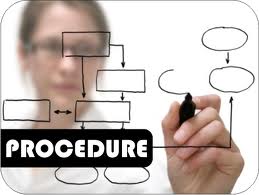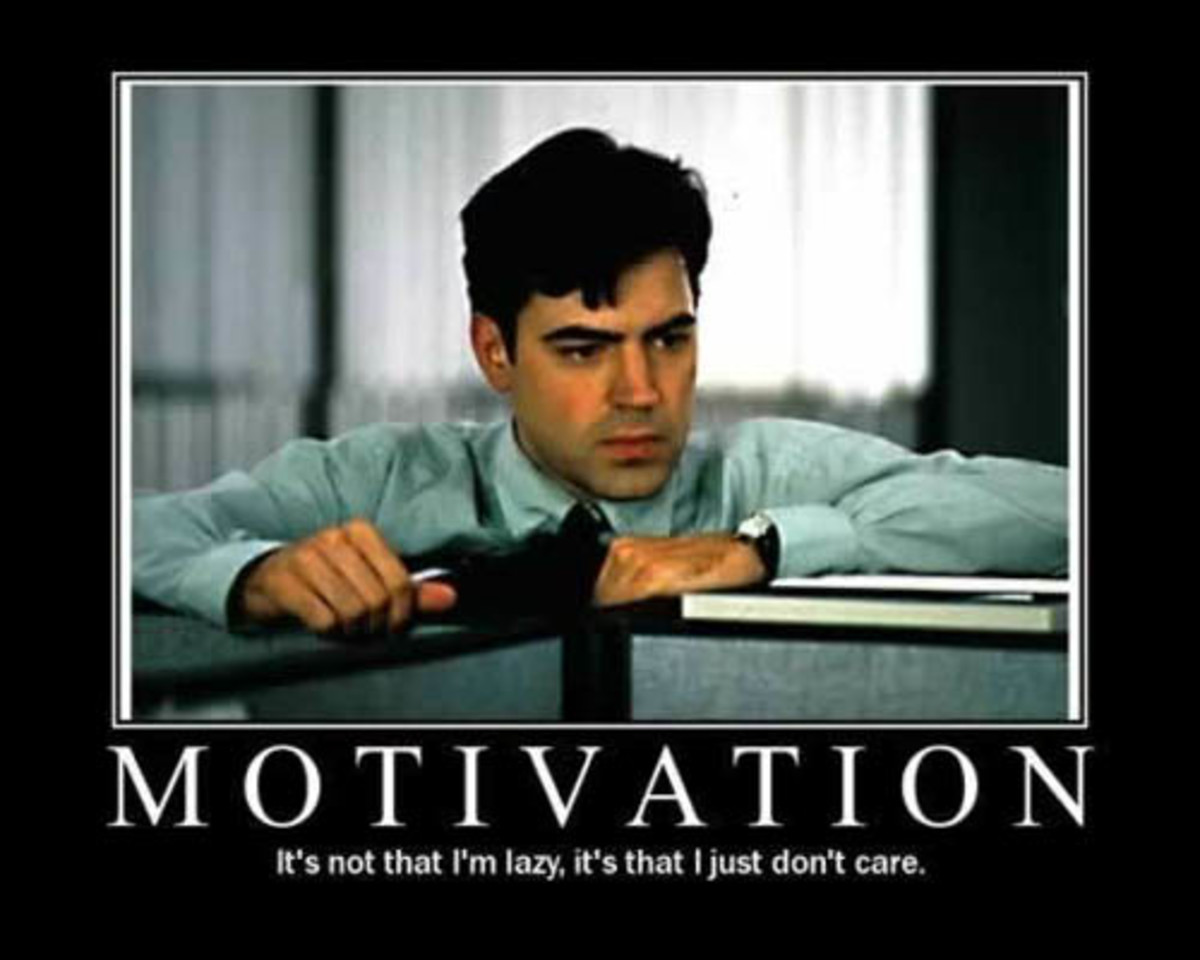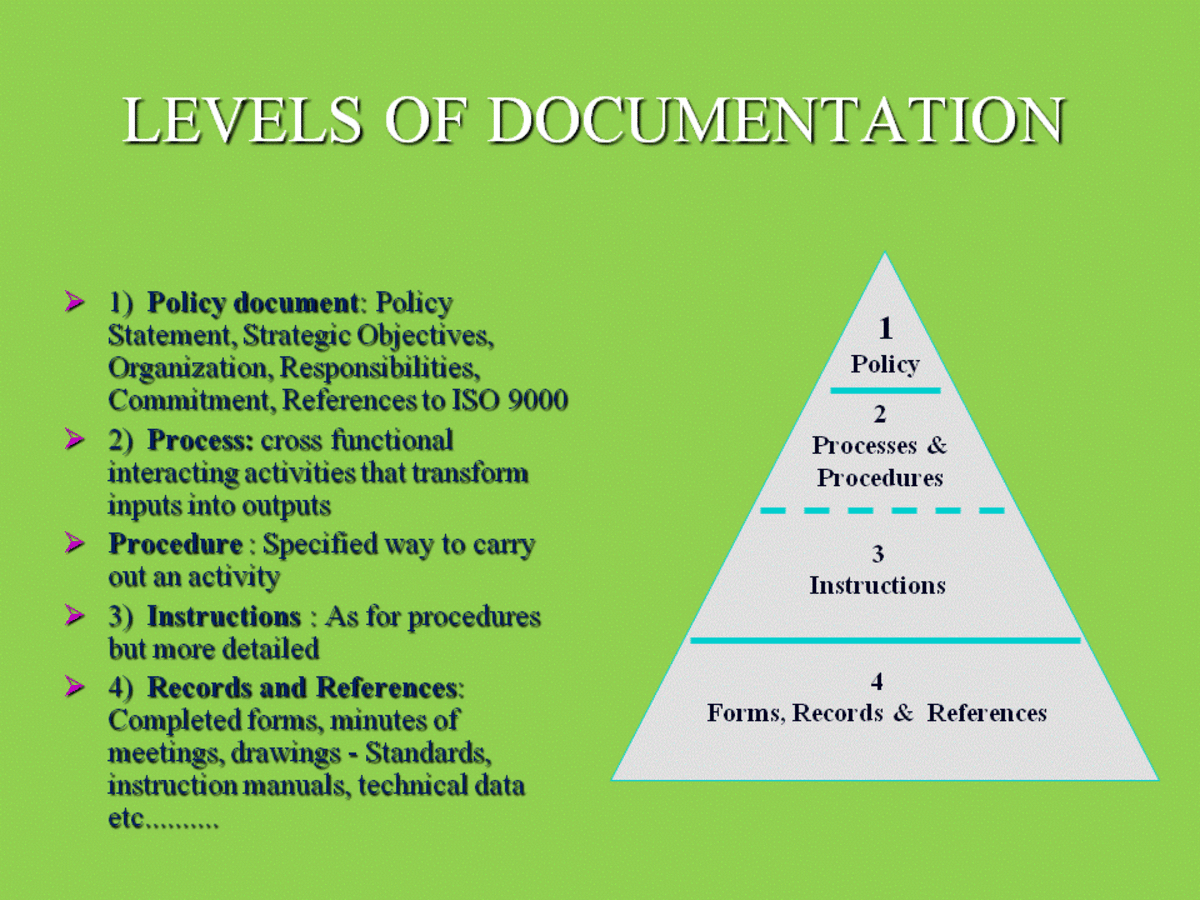Performance Reviews, Evaluations, Job Appraisals, and Feedback

Supervisors should evaluate the performance of their subordinates at regular intervals. The supervisor should meet with the worker to discuss the appraisal. Performance appraisals should be positive when they are designed to help a basically good employee improve. However, when an employee violates a company rule or fails to improve after repeated negative appraisals, the company should discipline the employee or prepare to fire him or her.
How to Improve the Company with Performance Reviews

Companies should use a performance management process in order to help the managers and employees focus on the company’s goals. First, the company must specify which aspects of performance are relevant to the company’s goals based on an analysis of the employee’s duties. Next, the company should measure the relevant aspects of performance by conducting performance reviews. Finally, the employee’s performance feedback session should allow manager to give employees the correct information about their performance in order for them to adjust their work performance to align to the company’s goals.
When there are performance problems, the performance evaluation should include ways to identify, evaluate, and resolve the underlying problems that are causing the poor performance. If performance feedback is positive, feedback can come through as company’s rewards rather than problem solving.
Approaches for Performance Evaluations

A Performance Management Process
Specify the relevant aspects of performance
|
Appraise performance
|
Provide performance feedback
|
Problem solve poor performance
|
Criteria for Effective Performance Evaluations

- Fit with strategy – aim at achieving employee behavior and attitudes that support the company’s strategy and goals. Performance evaluations should measure whether employees are supporting the company or not. Feedback should help them improve their performance.
- Validity – the extent in which a measurement tool measures what it is intended to measure. The appraisal measures all the relevant aspects of performance. Performance evaluation should minimize contamination and deficiency in employees’ behavior.
- Reliability – the consistency of the results that the performance measure will deliever.
- Acceptability – a performance evaluation should be valid and reliable and meet the practical standard of being acceptable to the people who use it. If employees view their performance evaluation to be unfair, they are unlikely to improve their performance.
- Specific Feedback – tell employees what is expected of them and how they can meet those expectations. Specifics should also explain how the employee can support the goals of the company. This aspect of a performance evaluation should develop employees.
The Purposes of Performance Evaluation

- Strategic purpose – help the company achieve its goals
- Administrative purpose – the ways a company uses information to make daily decisions about salary, benefits, and recognition programs
- Developmental purpose – build employees’ knowledge and skills
Performance Review
As a manager, have you even given employees performance reviews?
Questions a Supervisor Should Ask Himself Before the Appraisal

Does the employee need additional training?
Would a mentor help the employee improve their performance?
How can you help motivate the employee more?
Is a difficult situation causing a problem with work performance?
Manager Training for Performance Reviews
Types of Performance Reviews

An Open Ended Conversation
This is one of the least popular ways of doing an appraisal. However, it is the most comfortable, and it is the easiest. As a supervisor, you can ask where the employee wishes to be in five years, what goals he or she has, and what training he or she thinks they need in order to reach their goals. You should acknowledge any weaknesses at this time. If you feel the employee needs additional training or experience, discuss how the two of you will accomplish this. Ask the employee if they need any advice or support.
Simple Ranking

Ranking involves measuring employees in a group from the highest performer to the poorest performer. The downside of ranking involves validity. Therefore, ranking lacks fairness.
Forced-Distribution Method

This method assigns a certain percentage of employees to each category in a set of categories. This works best if the members of a group vary a lot in their performance. It overcomes the temptation to rate everyone high in order to avoid conflict.
Paired-Comparison Method

This method involves comparing each employee with each other employee establish rankings. This method is time consuming when there are many employees. Some of these ranking systems are easy to use. The disadvantages are that it can be unhelpful for employee development, hurt morale, and possibly result in legal challenges.
Management by Objectives System

This is when the company set goals that flow from the top to the bottom, so that all employees can contribute to the company’s performance. This can have a positive effect on a company’s performance. This allows managers to link individual employees’ performance with the company’s overall goals. The three components are as follows:
- Goals are specific, difficult, and objective.
- Managers and employees work together to set goals.
- The manager gives objective feedback through the rating period to monitor progress toward set goals.
Graphic Scale Rating

This method lists traits and provides a rating scale for each trait. The manager uses a scale to indicate the extent to which an employee being rated displays the traits. A disadvantage to this approach is that it leaves the decisions to the manager. The result is low reliability, because managers are likely to arrive at different judgments.
Mixed-Standard Scale Rating

This method is when several statements describing each trait to produce a final score for that trait. The manager scores the employee in terms of how the employee compares to each statement. For each trait, sentences are written to describe a person having a high level of that trait, a medium level, and a low level.
Behavior Rating

In this method, the company begins by defining which behaviors are associated with success in a particular position. An appraisal form has a manager rate each employee in terms of each of the identified behaviors.
Critical-Incident Method Rating

This method requires manages to keep a record of specific examples of the employee acting in ways that are either effective or ineffective. Evaluating performance in this specific way gives employees feedback about what they do well and what they are doing poorly. The manager can also relate the incidents to how the employee is helping the company achieve its goals.
Behavior-Anchored Rating Scale Method

This method is intended to define performance dimensions specifically, using statements of behavior that describe different levels of performance. The company gathers many critical incidents representing effective and ineffective performance, then classifies them from most to least effective.
Behavior Observation Scale Method

This method is developed from critical incidents. It uses many examples to define all behaviors necessary for effective performance. It has the manager rate the frequency with which the employee has exhibited the behavior during the rating period. These ratings are averaged to compute an overall performance rating. Managers prefer this method of performance measurements for ease of use, for providing the best feedback, for remaining objective, and for being able to suggest training ideas.
Organizational Behavior Modification Method

This method is a plan for managing the behavior of employees through a formal system of feedback and reinforcement. The four components to this method include:
Define key behaviors for performance
Use a measurement system to assess whether employee exhibits these behaviors
Inform employee of these behaviors and set goals
Provide feedback and reinforcement based on these behaviors
How to Do a Performance Evaluation

- Schedule a meeting. Make sure nothing discussed will surprise the employee. Let them know if they are on the right track or not. Determine the objective of the meeting ahead of time. Know the best time available to conduct the meeting.
- Prepare for the meeting. Have the employee complete a self-assessment ahead of time. Be aware of their strengths and weaknesses. The self-assessment can help the manager and employee identify areas for discussion.
- Conduct the meeting. Approach it as a problem-solving session. Managers and employees should work together to solve performance problems in an atmosphere of respect and encouragement. Allow the employee to participate and initiate conversation.
- Find a solution to performance problems. This may include coaching, training, or a referral for counseling to cope with stress management.
A Manager's Guide

Tips on a Performance Evaluation

Be sure to cite specific observations that describe their behavior.
Try not to identify specific problems in employees’ behavior until you have had a conversation with the employee to discover the causes of the problem.
Carefully define terms. Define or clarify exactly what is meant by a word, phrase, or statement should be a top priority.
Be specific. Provide an example, and try to be motivational.
Feedback should be based on specific facts, incidents, or examples. Have recorded data that is dated.
Keep notes throughout the evaluation period. Do not just rely on your memory at the time.
If an official evaluation is part of the review, be sure written comments are consistent with items on the official evaluation.
Relate evaluations to previous ones. Are things better, worse, or the same?
Choose your words wisely. The goal is clarity.
Carefully monitor your body language. Do not illustrate defensive body language.
Actively listen.
Ask clarifying questions in a tactful manner.
Ask about how you can help the employee improve to meet the expected behavior level.
The Benefits of Feedback

Feedback informs. It helps employees gauge where they are in terms of performance at work. Feedback is also used to compare results from another period and to make comparisons with others. Feedback can result in developing interpersonal relationships. If a manager is talented at providing constructive feedback, it is likely that supervisor will be sought out as a friend, coach, mentor, or highly valued colleague. Since employees yearn for feedback, managers who provide accurate, unemotional, and meaningful feedback are able to forge solid interpersonal relationships.
Types of Feedback

Verbal
When verbal feedback is given in a timely, private, tactful, and clear manner, it lets the employee know what is expected or what is perceived. Knowing expectations or perceptions helps an employee make adjustments or continue to behave in a way that has been positively reinforced.
When needed, verbal negative feedback should be carefully directed at a specific behavior or level or performance. It should never be personalized or attack an employee’s self-concept. An attack on an employee’s self-concept is generally not forgotten, considered non-professional, and is inappropriate.
Non-Verbal Feedback

By using hands, feet, eyes, your face, and your posture, you can communicate feelings, opinions, and attitudes. Most body language positions are done without much thought. Non-verbal feedback helps a manager determine when the employee is becoming lost, bored, or uninterested. This, then, can lead to making adjustments in the conversation to recapture the employee’s interest or attention.
Fact Feedback

Messages, words, or phrases that are unclear or subject to interpretation need fact feedback. What you attempt to do with requesting fact feedback is to be perfectly clear about the message you are interpreting.
Feeling Feedback

Feelings and emotions are difficult to compartmentalize. You should attempt to understand the feelings and emotions that are embedded in a message. Feeling feedback is putting yourself in the other person’s position so that you can acquire some understanding of his or her point of view. This type of empathy shows the other person that you care and understand.
Feedback from Others

Friends, bosses, acquaintances, and relatives can be an excellent source of feedback on one of your employees.
Effective performance reviews provide support, guidance, suggestions, ideas, and information about how your manager views your behavior. It also provides reinforcement that is motivational for the future. The more informed an employee is about his or her behavior and how it impacts others, the more opportunities will become available to work to improve.








